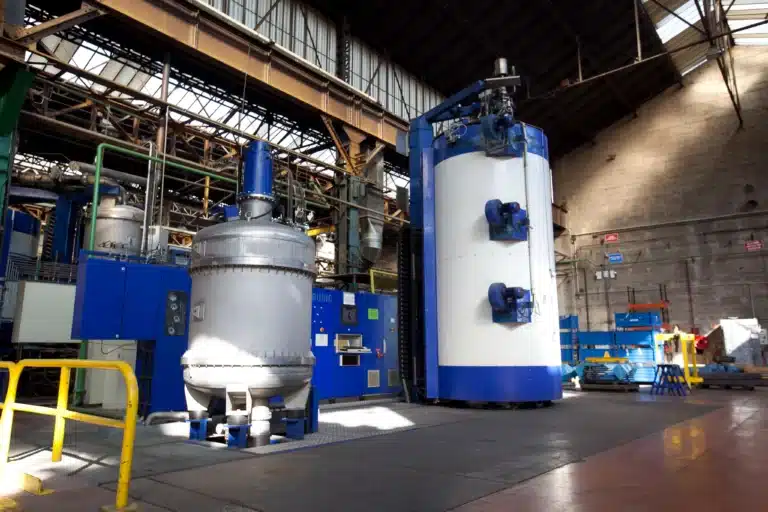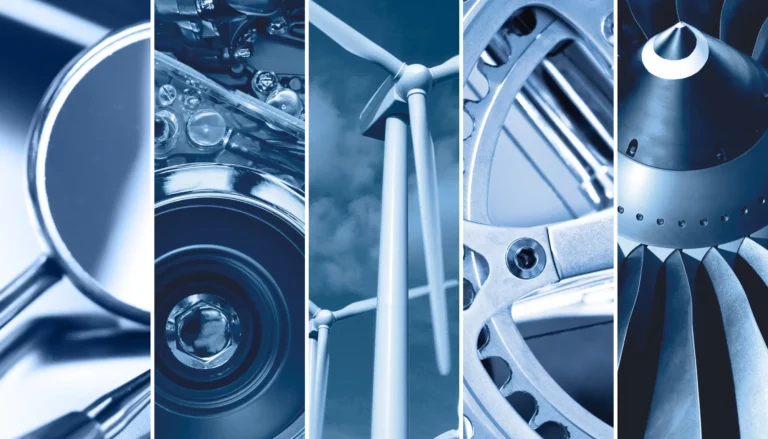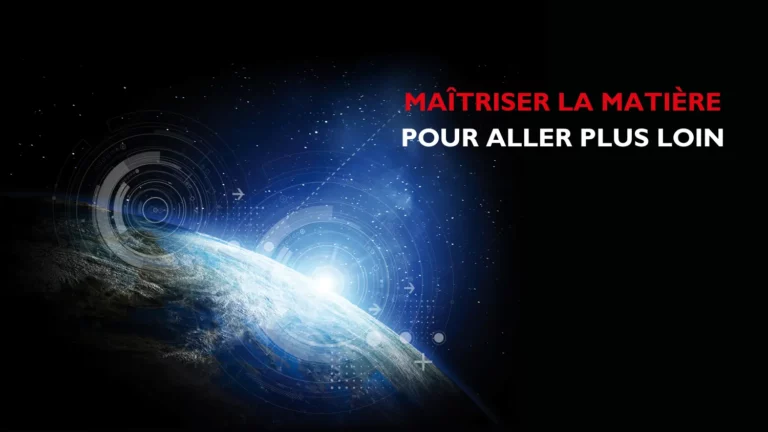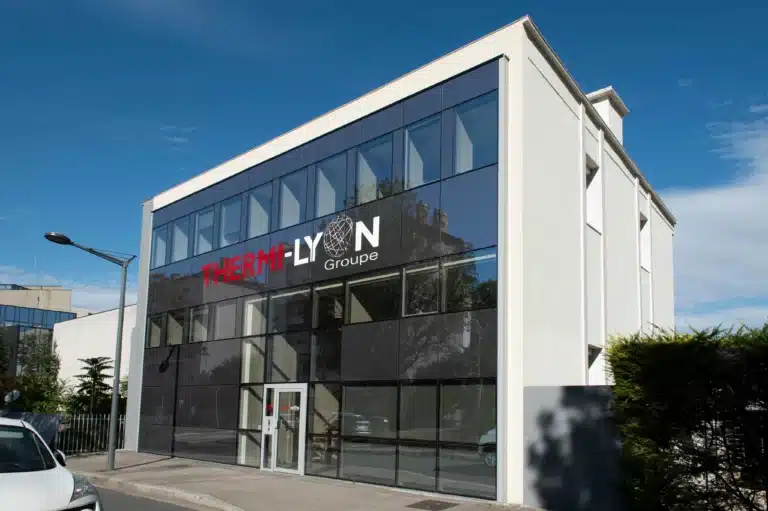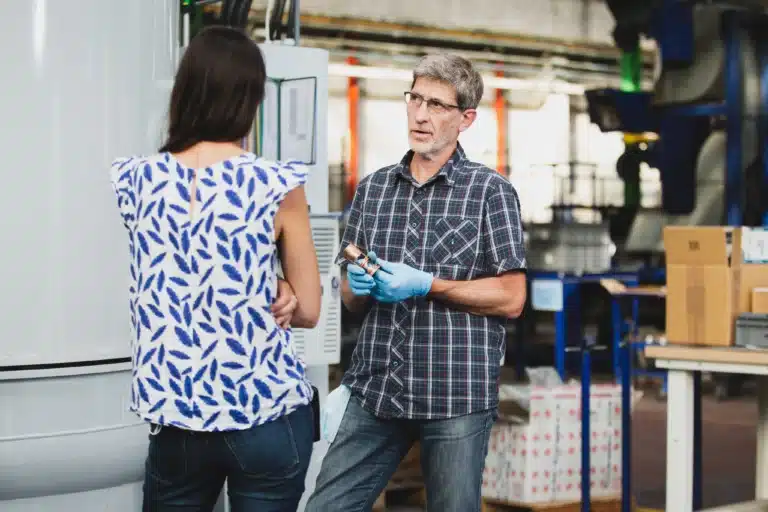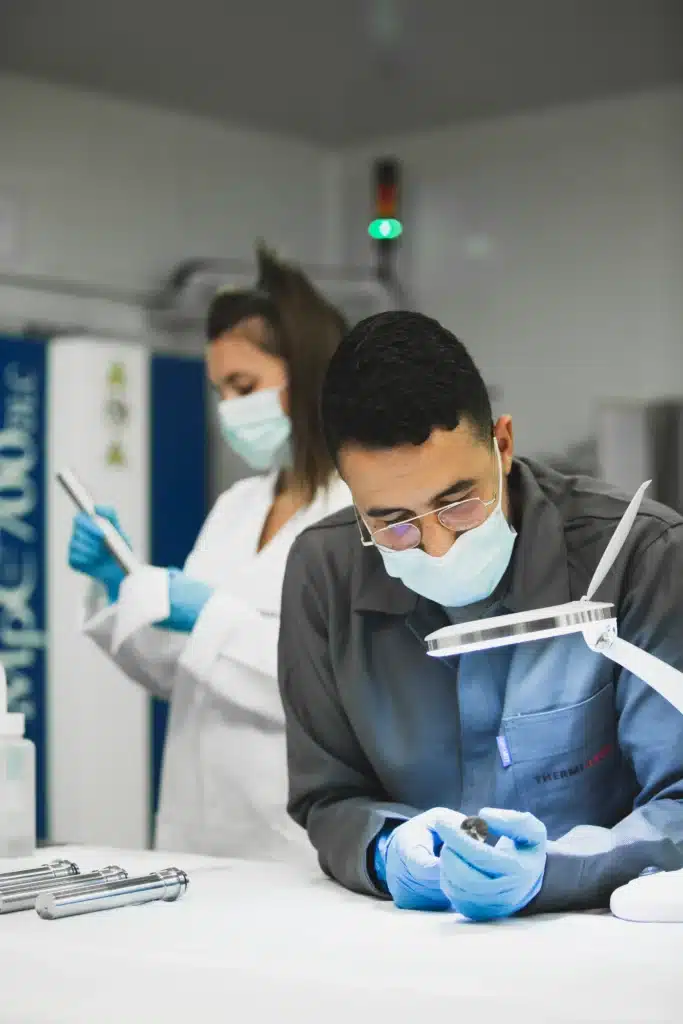Hard chromium has long been used in industry and offers numerous advantages. Versatile, it guarantees high resistance to wear and corrosion, as well as excellent friction properties. On the other hand, while its manufacture is also very economical, it requires certain precautions to be taken from an environmental point of view. The finished products are harmless, but production must take effluent treatment into account. The time has therefore come to find alternatives to hard chromium, and the THERMI LYON group offers three of them: vacuum deposition, post-oxidized nitrocarburizing and Thermi SP treatment on stainless steels.
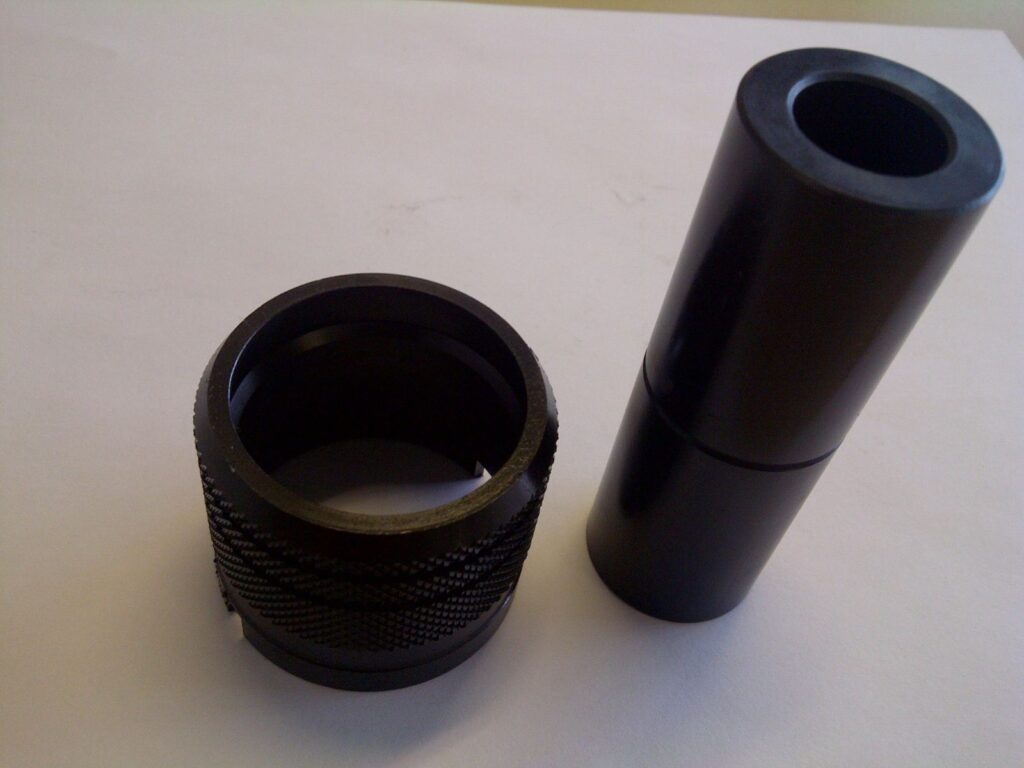
Why look for alternatives to hard chrome?
Hard chrome has been used for many years for its versatility and efficiency. This element is particularly high-performance, and its production remains highly cost-effective. It is highly resistant to wear and corrosion, and also has excellent friction properties, which is why it is frequently used in the manufacture of cylinder rods, for example.
An environmental issue
In reality, the problem with hard chrome is not its technical performance, but rather its production. While finished parts present absolutely no health risk, the manufacture of hard chrome does involve the handling of elements that have an impact on professionals, in particular hexavalent chromium 6. As a result, the use of hard (hexavalent) chromium is now subject to strict European regulations, known as REACH. REACH stands for Registration, Evaluation and Authorisation of Chemicals, and is designed to monitor the manufacture and use of certain chemical substances in European industries.
Environmental issues
REACH regulations also apply to hard hexavalent chromium because of its environmental impact. Once again, while the finished products present no danger, the production of hexavalent hard chromium generates the formation of toxic elements that require special treatment before being discharged. Managing these effluents is also a delicate process.
3 possible solutions for replacing this element
Since the manufacture of hard chrome can cause health and environmental problems, it makes sense to look for alternatives now. While there is as yet no solution as versatile and effective as hard chrome, the ThermiLyon Group already offers three heat treatment or vacuum deposition methods for obtaining similar properties, to be chosen according to the end use of the parts.
Vacuum deposits
One of the first possible alternatives to hard chromium is vacuum deposition. In this case, chromium nitrides are used to improve corrosion resistance. This method remains fairly universal and also enhances part hardness. Indeed, steel treated with vacuum deposition can boast a hardness of up to 1,800 Vickers, compared with only 900 in the case of hard chromium. As a result, vacuum deposition is perfectly suitable for most applications. It does, however, have some limitations if the final parts require in-depth treatment, as the protection formed can only reach a maximum thickness of 3 microns.
THERMI-NITROX post-oxidized nitrocarburizing
Nitrocarburizing is one of the diffusion treatments based on nitrogen and carbon, and its post-oxidized version contains even more of the latter chemical element. Unlike the previous method, this one reaches deeper below the surface of the parts, to which it also confers excellent corrosion and wear resistance. Post-oxidized nitriding can therefore replace hard chromium, but is only suitable for structural steels. It is perfectly suited to the cylinder rods mentioned above, for example, provided its presence does not damage the rubber seals present in the system.
Treated stainless steel instead of chrome-plated steel
A final alternative is to replace the hard chromium applied to steel with treated stainless steel, which offers greater resistance to wear and corrosion. The steel selected can then be treated with a process such as Thermi-SP, which also helps to enhance the tribological properties of the parts, i.e. to reduce the coefficient of friction and the risk of seizure.
The arrival of REACH regulations and the revelation of problems linked to the use of chromium VI are forcing manufacturers to look for alternatives to this chemical element. This is a new challenge that the Thermi Lyon group has chosen to take up with its customers, and which has opened up new markets. Our three available solutions include vacuum deposition, post-oxidized nitrocarburizing and Thermi-SP treatment applied to stainless steels.
